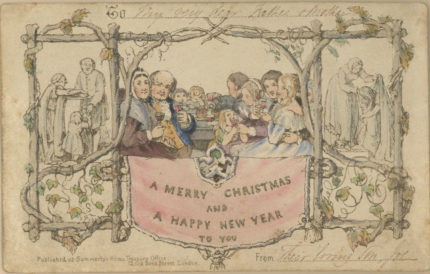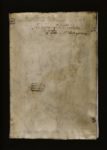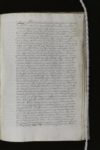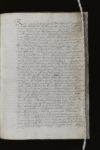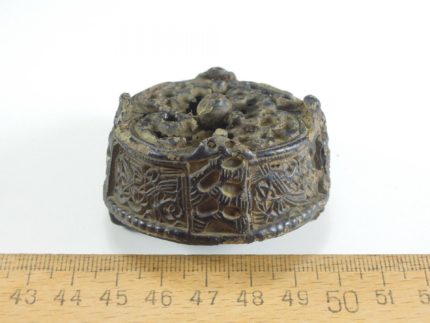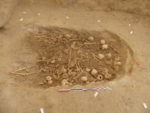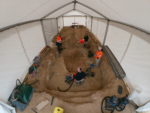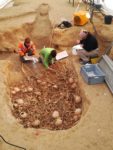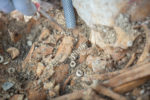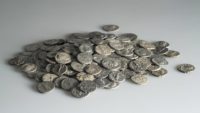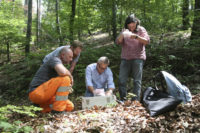One of only 21 surviving examples of the first commercial Christmas card has gone on display at London’s Charles Dickens Museum. On loan from a San Francisco book dealer, the card is part of a new exhibition dedicated to the dawn of Christmas as marketing and commerce bonanza ushered in by the publication of A Christmas Carol.
The card was created by Sir Henry Cole, a British civil servant who would gain renown as the organizer of the Great Exhibition at Crystal Palace in 1851 and the founder of the V&A Museum. He was also one of the most dedicated advocates of postal reform. He was secretary of the reform committee, editor of their newsletter, the Post Circular, and from 1837 to 1840, the assistant of the leader of the post office reform movement, educator Rowland Hill. The Uniform Penny Post was introduced throughout the UK on January 10th, 1840.
In 1843, the same year Charles Dickens published A Christmas Carol thus inadvertently (and to his later regret) launching the modern commodified Christmas we all know and love to hate, Henry Cole commissioned his friend narrative painter and illustrator John Calcott Horsley to design a convivial Christmas card he could send to family, friends and acquaintances alike. Horsley designed a triptych: the center panel depicting a family raising beverages of a spirituous nature, two side panels of charitable distribution of clothing and food to the poor. The joyous family noel was captioned “A Merry Christmas and a Happy New Year to You.” The images were lithographed on cardstock and the center panel was hand-colored.
Horsley printed a lot of 1,000 of them and the ones Cole didn’t use went on sale to the public for a shilling apiece (a week’s pay for the average working man) in Old Bond Street, London. They were expensive for regular folks and the idea didn’t take hold right away, hence the small number of surviving originals. One of them set a new record price for a card when it sold at auction in 2001 for £22,500. It was sent by Cole to his grandmother and aunt and bears his signature, hence the record.
Five years would pass before the second commercially printed Christmas card would hit the market, but after that there was no stopping it. As happened with Valentines, the practice of sending preprinted commercial Christmas cards exploded in Britain in the second half of the 19th century. The lithography printing process made increasingly colorful cards affordable for everyone and the penny post made sending them cheap, fast and reliable.
The United States was a slow adopter of the Christmas card. Cole’s family scene involved a little too much of the demon liquor — check out that baby hitting the wine glass in the center front — for American bourgeois sensibilities. The first commercial Christmas card published in the US for general purchase (as opposed to business promotional cards) was created by Louis Prang in Boston in 1874. At first he was selling them in England where cards were firmly established as a hit; then he introduced them to the US market He hit the ground running. Using the chromolithography process which allowed him to use up to 30 different colors on a single print with fine details creating realistic illustrations of hair and mistletoe and textile patterns and roaring fires, by 1881 he was selling five million Prang’s Christmas Cards a year. His fortunes would ebb at the turn of the century when German postcard makers would flood the US market with much cheaper imitations. Prang refused to cut corners and continued to use the highest quality stock and inks. In 1897 L. Prang & Company merged with an art company and got out of the Christmas card business. Cheap German cards would dominate the US market until World War I.
Beautiful Books: Dickens and the Business of Christmas runs through the season, ending April 19th, 2020.
